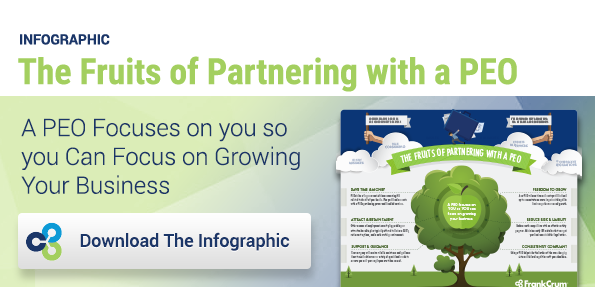 You offer benefits because you want to provide a well-rounded compensation package. That’s a smart approach, because recent research indicates that more than 75% of employees say a benefits package is important in their decision to accept or decline a job offer.
You offer benefits because you want to provide a well-rounded compensation package. That’s a smart approach, because recent research indicates that more than 75% of employees say a benefits package is important in their decision to accept or decline a job offer.
A comprehensive employee benefits package can include health care, retirement savings, flexible spending accounts, paid time off and a number of voluntary benefits such as dental, vision, life, disability and various discounts.However, concerns about costs, administration and reporting can sometimes overshadow the beneficial aspects of benefits programs in your mind (and budget).
Your business may not be able to afford all these options. Here are several points that may help you in your planning:
Will my Employees Value Their Benefits Program?
In a recent Employee Benefit Research Institute survey, 88% of workers said that employment-based health insurance is extremely or very important, far higher than they rated other workplace benefits. As for voluntary benefits offered through the employer but paid for at least in part by the employee, workers identified lower cost (compared with purchasing benefits on their own) and choice as strong advantages. It seems clear that contractors who take the time to research and offer a comprehensive, affordable workplace benefits package are better able to hire and retain their employees.
How Does the Affordable Care Act (ACA) Affect Decisions About Benefits?
Even contractors need to be aware of the impact the ACA can have on them in terms of coverage requirements. Contractors with employees have alternatives to the requirements they face, with decisions influenced by the budget for employee benefits, the size of their workforce and their willingness to accept risk. Options include not offering coverage, which results in a tax penalty; offering an ACA-compliant major medical plan or offering minimum essential coverage/minimum value plans.
What Factors Have an Impact on the Cost of Benefits?
Renewal rates are based on coverage and value, with utilization and participation being key drivers. If employee participation in your organization is low, it’s likely that the sickest employees (those who may have the highest and/or most frequent claims) are those who have enrolled. Insurers also need healthy employee participation to balance their risk and keep rates at a manageable level. So, one of the best ways to keep your renewal rate low is by increasing your participation to as close to 100% as possible.
Other factors that have an impact on rates - factors that your business cannot control - include national/local trends and community rating factors, as well as carrier expectations of ongoing increases in healthcare costs due to new procedures, technologies and drugs. Although you can’t control these, you can ask your carrier whether these have contributed to higher rates and to what extent. Negotiating about the significance of these factors can result in a reduced renewal rate.
What will I Need to do in Terms of Administration and Reporting?
Unless you are part of a Professional Employer Organization (PEO), you will be responsible for handling enrollments, changes and terminations of coverage, COBRA and Summary of Benefits and Coverage notices, eligibility, claims issues and employee questions. Depending on your group size, you may also be responsible for filing Federal Form 5500, which assures that employee benefit plans are operated and managed in accordance with certain prescribed standards
Without a PEO to partner with, you will also be responsible for benefit plan administration such as reconciliation of monthly invoices.
Do Right by Your Employees in an Affordable way
It’s most likely that you started your business because you know your industry and want to make a profit; not because you are interested in employee benefit regulations and reporting. The best advice we can offer is to focus on your core competencies and what your employees value, such as a positive corporate culture, good working conditions, competitive wages and benefits programs.
If you keep an eye on these, you will be better able to recruit and retain great employees; and can then outsource tasks such as benefits planning and other HR tasks to an outside provider.












